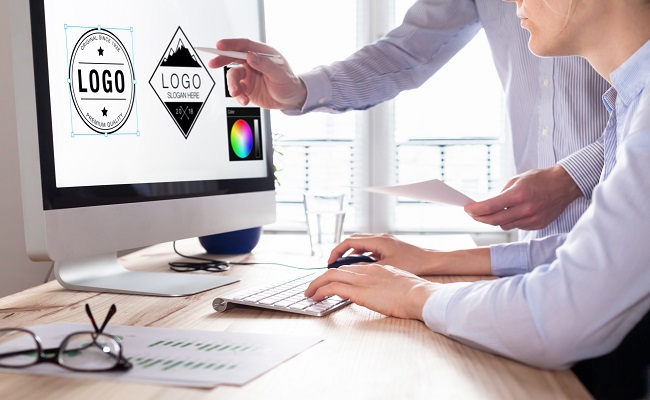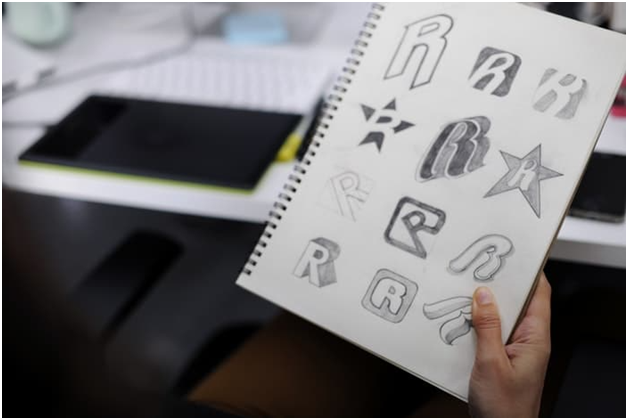The most powerful representation of a brand is its logo. According to CEO Today’s Magazine Report, the company's logo and related colours can increase brand recognition by as much as 80%. Comprehending the psychology of effective logo design and how it influences consumer behaviour is crucial.
What exactly should you know to use psychology as a creative tool for logo design? To create compelling logos, you must learn to use the psychology of colour, font, shape, and composition. Additionally, you must understand how logos affect brand awareness and purchasing habits.
Eliminating the hassle of creating logos from the owner’s end, professional logo designers at BrandVillage have been delivering excellent logo designs for businesses in Sydney for 5+ years. They've recently extended their reach, now offering Logo Design in Townsville, and are known to increase a brand’s business and authenticity with their visual aesthetics, be it in logo design, graphic design or website design.
Let’s get into the details of the importance and psychology of logo design and explore some logo designing tips from experts in the sections below to learn more.
Why is Logo Design Important to Connect with Target Audience?
As a visual representation of your company, logos are the single most crucial component of branding. The main factors that make your logo essential to the success of your company are:
● 50% of consumers claim they are more inclined to purchase from a company whose logo they are familiar with, while 75% of consumers claim they can identify a brand just by looking at its logo.
● A logo aids in differentiating a business from rivals, communicating important information about the brand, and increasing brand recognition.
● Using a logo, a firm can make a strong emotional connection with its audience, increase credibility and trust, and graphically represent its services and the industry to which it belongs.
● Additionally, logos can be skillfully created to convey the exact goods or services a business offers instantly.
The Psychology Of Logo Design
- Symbolism
Logos use strategic symbols to deliver a clear statement. Symbols regularly appear in the collective consciousness. Consumers establish an impression of a logo in around 10 seconds, but it takes 5-7 brand impressions for someone to recall your goods. It can be helpful to use strategic symbols to communicate a message quickly.
These simplistic shapes that represent abstract symbols convey a fundamental idea. Since symbols have distinct, all-encompassing meanings that cut across cultural and linguistic boundaries, they are commonly used as a visual language. Whether they take the form of particular shapes, visuals, or text, symbols have a significant psychological impact on consumers.
- Differentiation
Product differentiation describes marketing strategies that help consumers differentiate one brand from another. It happens when a customer connects an emotional experience with a brand, setting it apart from competitors.
Ultimately, logos set a brand apart from its rivals, intending to give it emotional worth relative to others.
- Priming
When our brains establish links or associations with other memories, this is priming. According to Psychology Today, this is a "Phenomenon in which exposure to one stimulus affects how a person responds to a second, related stimulus. These stimuli are frequently words or visuals with a mental connection.
Powerful logos can jog people's memories, process their perceptions, and eventually persuade them to choose a brand once and stick with it forever.
- Gestalt Theory
For designers, the Gestalt theory is crucial and intriguing in logo psychology. The Gestalt hypothesis asserts that the whole is greater is always than the sum of its different parts. This idea aims to comprehend how people view things visually.
Gestalt, which means "the unified whole," may be decomposed into six design tenets: Proximity, Continuity, Proximity, Similarity, Figure-Ground, and Symmetry
Tips to Create Effective Logo Design that Aligns with Logo Psychology
Keep it Simple and Memorable.
Its simplicity and ability to stick in people's minds should be among the fundamentals of logo design. The best logos are instantly recognisable even when not in their intended setting. It is so that people may more easily recall a straightforward and distinctive logo because the human brain is designed to recognise patterns.
Use Symbolism
A brand's core should be expressed in a single symbol or image through a well-designed logo. Think of employing a specific, recognisable shape or object to symbolise the brand's principles or goals.
Make a Versatile Logo
A logo should be adaptable to a wide range of situations and media. Design the logo to be flexible in sizes, colours, and formats, considering how it will appear on the company's website, products, marketing materials, and packaging.
Evoke Emotions Through Logo Design
An effective logo must evoke a specific emotion in viewers towards the company. Use shapes and colours symbolising certain emotions, such as red for excitement and passion or blue for reliability and trust.
Conclusion
One important aspect of purchasing decisions is emotion, which includes familiarity, brand loyalty, social identity, self-identification, and status. Buyers frequently employ emotions to evaluate brands rather than depending exclusively on information like product quality, features, or benefits.
Therefore, a brand's identity must communicate to potential customers who they are and what they stand for.
BrandVillage encapsulates your brand's personality and message in your logo so that people can quickly understand what you stand for. Professional logo designers at BrandVillage understand Townsville customers' psychology and employ that understanding in designing logos, helping them better connect with the target audience.
Connect with logo design professionals now to learn more.


